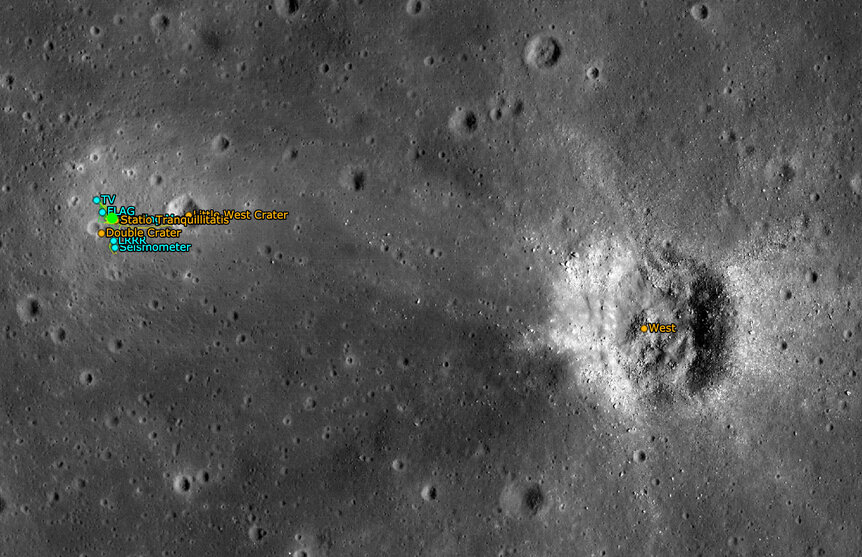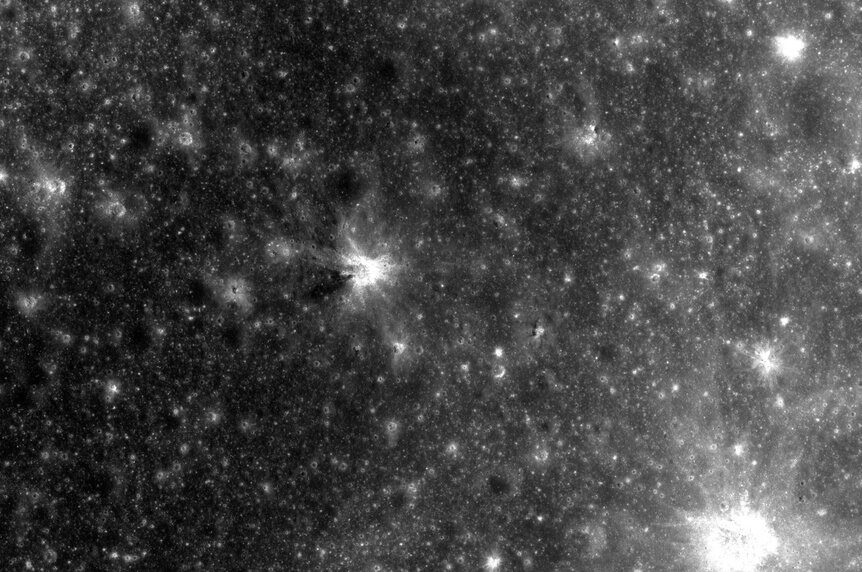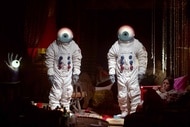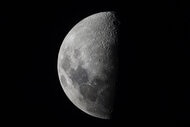Create a free profile to get unlimited access to exclusive videos, sweepstakes, and more!
Tour the Apollo 11 landing site, minute by minute, during that one small step!
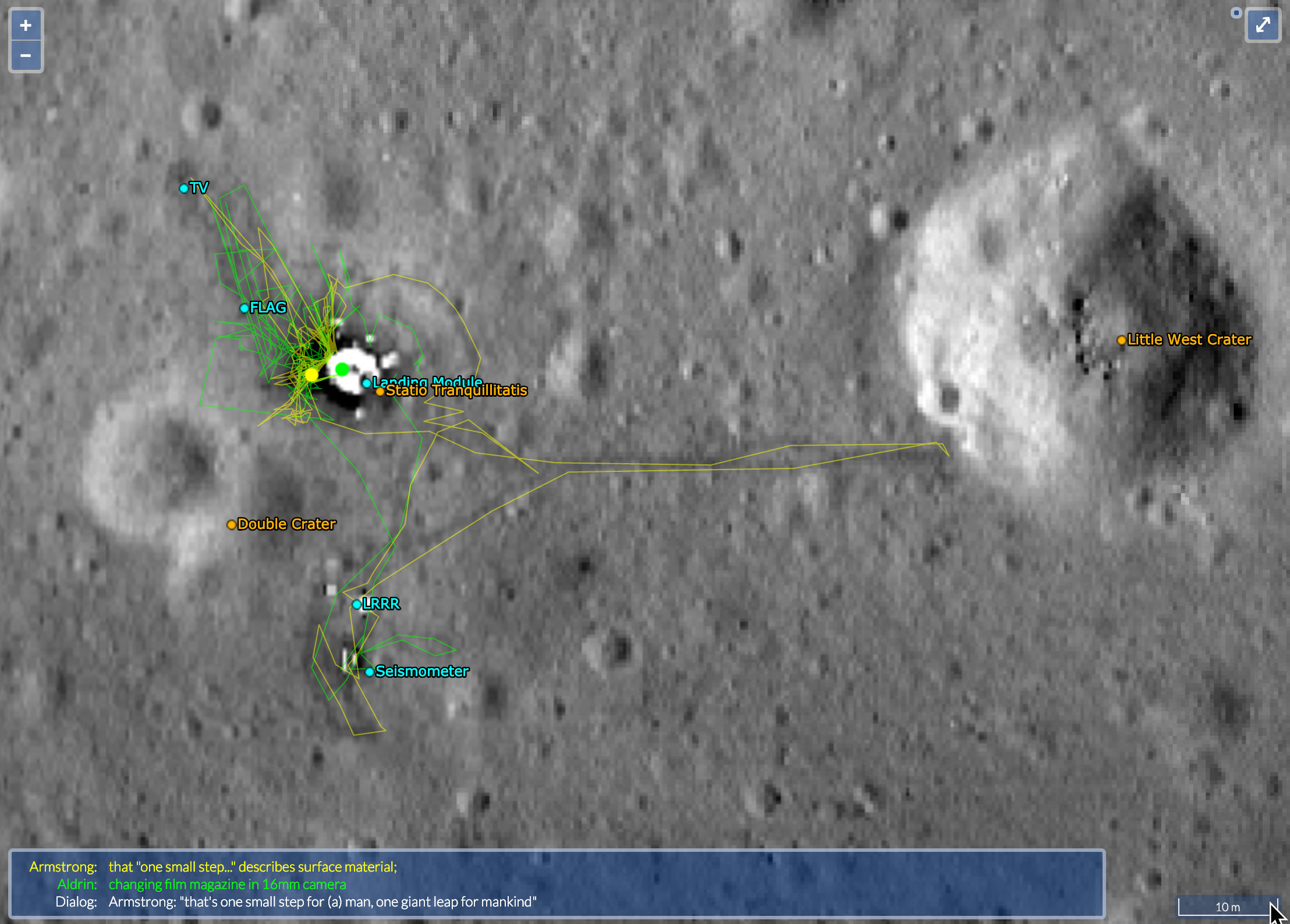
On July 20, 2019, it will have been 50 years since a human being first stepped foot on another world. On that day half a century ago, Neil Armstrong put his boot on the surface of the Moon, splitting all of history into a time before humans ventured to other worlds, and a time after.
The effort took the better part of a decade to achieve, but that first mission on the lunar surface only lasted less than a day, and the two astronauts themselves only ventured out for about two and a half hours.
They accomplished a lot in that time, though, laying out scientific instruments, planting a flag, surveying the area immediately around them, and taking quite a few pictures.
It seems like a long time ago on a moon far, far away, but now you can follow along with a satellite’s-eye-view of the mission: The folks at the Lunar Reconnaissance Orbiter Camera website have created a very cool interactive feature where you can view the landing site using an LROC image, and when you scroll through the mission timeline the image changes to show you where the astronauts were, what they were doing, and what conversations they were having with each other and Mission Control back on Earth.
It’s cool to see how things unfolded in that brief time they were on the Moon. I had fun going over Armstrong’s first small step, and then watching the two of them zip around the site performing their tasks. I was especially taken with their short walk over to Little West Crater to their immediate east by about 60 meters.
Because the feature is based on a zoomable LROC image, you can zoom out to see the context of the landing; about 400 meters east is the much larger West Crater that threw quite significant boulders all over the area, for example. In fact, the landing computer wanted to take the lander down right into that boulder-strewn field, but Armstrong manually flew past it (see the Apollo Lunar Surface Journal at the 102:55:16 mark).
Funny; I’ve known about that boulder field for years, but seeing it here really, well, brought it home for me. The Moon is a harsh host, and not terribly inviting. Landing on it is extremely difficult, and it’s worth noting that Armstrong and Aldrin were incredibly close to being out of fuel in the Descent Module when they touched down. A few more seconds and that would not have been such a celebratory moment.
And you should really appreciate just how hard it is to even find the Apollo 11 landing site in the LRO images. The LRO site provides the 2009 image of the Apollo 11 site zoomed in, but at the bottom of the page is a link to the 500+ megabyte full scale-image. Go ahead and download it, and try to find the capsule. Give yourself plenty of time.
If you want to skip the search, when I load it in Photoshop it’s at pixel (3537, 22892). Yeah. Here’s a crop of the image significantly reduced in size; try finding it here! I won’t give it away, but you’ll be surprised. And I swear it’s in there:
The Moon is huge, and we are small. But this is a thing we did when we chose to, and I hope we choose to do it again… but this time sensibly, and with intent to stay and stay sustainably. 50 years is a long time to wait between giant leaps.
Tip o’ the spacesuit visor to the NASA Moon Twitter feed.

